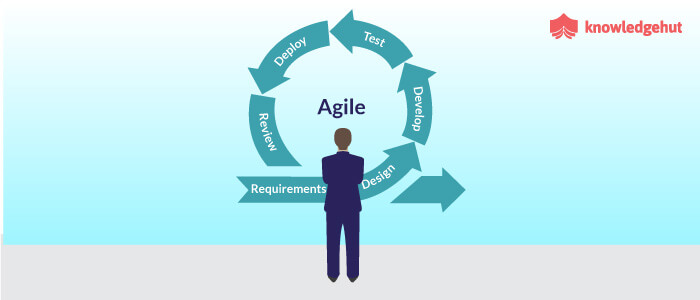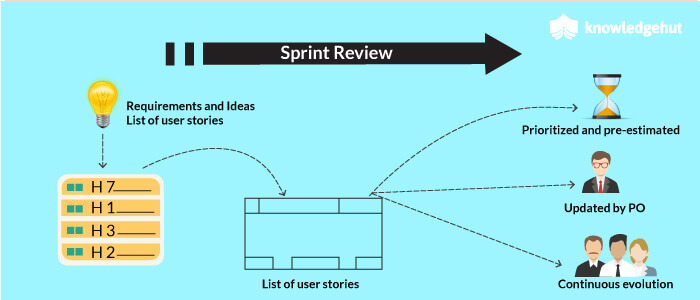We’re in Agile, We don’t Plan! Really?

Originally published at Knowledgehut website
‘We are in Agile, we don’t plan!’ This was one of the most common statements in early Agile implementations. Many people in early Agile implementations took this step, knowing that they were giving up something really valuable. However, there was a natural reaction to this.
This is now considered as a common myth, as planning is a fundamental aspect of Scrum. The Scrum team is committed to working towards the working software delivery with the highest value. To implement this, the team and Product Owner must have an estimate of the feature, cost for development. Intelligibly, a Scrum team is committed to working according to prioritization. Hence, Planning is an essential practice!
In fact, We Plan a Lot!
Sprint starts with an event called Sprint Planning
The next step in planning is when the Scrum team estimates and commits to working towards the delivery of potentially shippable product at the end of the Sprint.
Scrum team comes up with a detailed plan of-
- How much are they estimating, that they will complete within the sprint?
- How much will be the cost/value/hours of the tasks to be delivered?
Planning happens on an everyday basis
The Daily Scrum for the Scrum Team is to review the progress and refine the plan to meet the Sprint Goal.
- Plan on what is to be done
- Plan on overcoming the impediments
Scrum Teams Own the Plan
In each event, we are “Inspecting and Adapting”, Scrum teams take the Product Backlog and come up with their plan and create their own Sprint backlog. They create it, inspect it and then adapt it for upcoming sprints and better results.
Sprint Review and Retrospectives are the part of the Plan
The Sprint Review is a collaborative event where the whole team gathers, reviews the product increment created, comes up with a feedback and adapts to make changes. This all is to support the planning of the next Sprint.

Progressively Refine Plans
The Product Backlog should be progressively refined. It should be broken down into small user stories which can be easily implemented as we move along with the project. Eventually, the similar approach is to be taken while planning in Scrum.
Let’s have a look at the advantages of having a progressively refining a plan in Scrum-

- It minimizes the time investment:
Planning is important, but it can be time-consuming. The time spent in estimating and planning is best viewed as an investment.
- It allows decisions to be made at an optimal time:
Progressively refining the plan helps the team avoid falling into the trap of making too many decisions at the outset of the project.
- It allows us to make course changes:
One thing we know, when we are in Agile, that change always happens. Planning enough that we know in general but not all the aspects leaves the team with the flexibility to alter the course as more is learned.
- It helps us avoid falling into the trap of believing our plans:
No matter how well we understand the expectations, and that no plan is safe from change. Progressively refining a plan reinforces the idea that even the best plan is subject to change.
So, when next time you say, We’re in Agile, We don’t plan! Really? Think about it 🙂